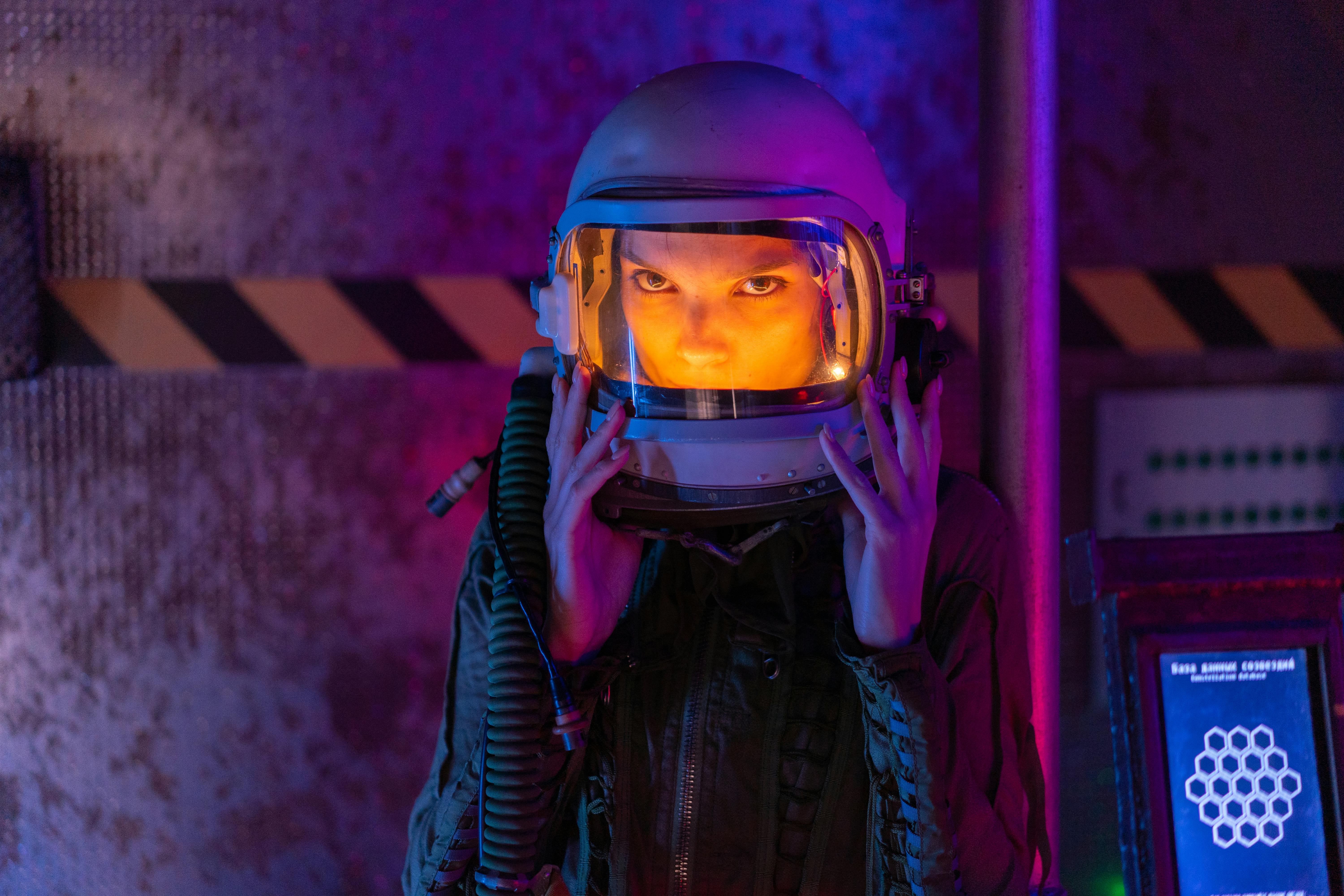
Introduction
The space race has reached a significant milestone for India, marking an emotional and historic moment. This past week, Group Captain Shubhanshu Shukla, a test pilot of the Indian Air Force, became the first Indian astronaut to dock with the International Space Station (ISS) aboard the SpaceX Dragon spacecraft during Axiom Mission 4. This accomplishment is not merely about an individual achievement but signifies a pivotal moment for India, a nation whose ambitions in space continue to grow rapidly.
Shubhanshu Shukla: From Gandhinagar to the Stars
Born in Gujarat, Group Captain Shukla’s journey embodies personal determination and reflects India’s advancing capabilities in space exploration. As an IAF test pilot, he spent years pushing the limits of aviation technology. However, his recent mission to the ISS represents a new frontier – one that highlights India’s emerging prominence in the global space arena.
Launched in Cape Canaveral on a Falcon 9 rocket, Shukla’s mission is part of a commercial partnership between Axiom Space and NASA to facilitate astronaut transportation to the ISS. His role as the first Indian astronaut in this ambitious venture symbolizes a historic moment for India and its aspirations for human space exploration.
Axiom Mission 4 and the Technology Behind It
Shukla flew aboard a Dragon capsule named ‘Grace’, experiencing the best of 21st-century space engineering. The Falcon 9 rocket, renowned for its reusable boosters, ushers crews to orbit with pinpoint precision and reliability, a hallmark of SpaceX’s launch capabilities.
The Dragon spacecraft is equipped with state-of-the-art technology, including autonomous docking systems, life support mechanisms, and advanced heat shields. These systems not only ensure Shukla’s safety but also promise valuable insights into operational requirements for India’s own human spaceflight missions.
Research in Space: India’s Scientific Contribution to the ISS
Upon arriving at the ISS, Shukla undertook research activities, collaborating with scientists from NASA and ISRO on microgravity experiments. His contributions included:
- Investigating the impact of microgravity on food microorganisms, which is crucial for long-duration missions.
- Analyzing astronaut interactions with electronic screens in microgravity, a critical study for future crewed spacecraft.
These experiments are not merely academic; the results will directly influence India’s Gaganyaan Human Spaceflight Program, enabling Indian scientists to conduct research that would be impossible on Earth.
The Gaganyaan Connection: India’s Indigenous Space Dream
The Gaganyaan mission aims to send Indian astronauts into low Earth orbit aboard domestically manufactured spacecraft. Although delays have occurred due to the COVID-19 pandemic and ongoing technological assessments, Shukla’s experience aboard the ISS has provided invaluable lessons. He gained insights into astronaut training, life support systems, and troubleshooting in space—knowledge that ISRO can apply to its Gaganyaan program.
Insights Gained During Shukla’s Time at the ISS:
- Astronaut training and mental preparation.
- Demonstration of operational life support systems.
- Troubleshooting and system diagnostics in microgravity.
ISRO is actively developing environmental control and life support systems (ECLSS) for the Gaganyaan mission, including waste recycling, food management, and thermal regulation. Shukla’s firsthand experience will greatly aid these efforts.
India’s Future in Space: Ambitious Plans on the Horizon
India’s plans extend well beyond the confines of Earth’s orbit. Following the successful missions of Chandrayaan-3 and Aditya-L1, the roadmap for the nation’s future in space is both ambitious and visionary:
- Chandrayaan-4: India’s upcoming Lunar Sample Return Mission.
- Indian Space Station: A conceptual design for a space station by 2030.
- Ai-Saksham Robot: Focused on advanced technology for autonomous operations.
This mission sets a critical foundation for realizing these greater aspirations.
The Rise of India’s Private Space Sector
As ISRO continues to lead the charge in space exploration, India’s private sector has emerged as a powerful player in the space industry. The ISS mission stands as a testament to the synergy between government initiatives and private enterprise, paving the way for future advancements.
- Skyroot Aerospace is developing reusable rocket technology.
- Agnikul Cosmos focuses on creating mobile launch pads and innovative rocket engines.
- Pixxel specializes in hyperspectral imaging satellites for environmental monitoring.
Thanks to the Indian National Space Promotion and Authorization Center (IN-SPACe), these start-ups are poised to play a pivotal role in not just commercial launches but also upcoming Indian space missions.
Conclusion: A Nation United in its Space Endeavors
The launch of Group Captain Shubhanshu Shukla marks a significant chapter in India’s space exploration narrative. His mission highlights a national commitment to advancing space technology and research, fostering a sense of pride among citizens.
India’s presence on the ISS doesn’t merely elevate its status as a participant; it positions the nation as a key player in the global landscape of space exploration. The knowledge and collaboration cultivated during this mission will lay the groundwork for a future where Indian scientists, startups, and astronauts work equitably on the global stage.
As the countdown continues, it is clear that India’s journey into the cosmic realm is also just beginning, illuminating the path ahead with countless opportunities and discoveries waiting to unfold.